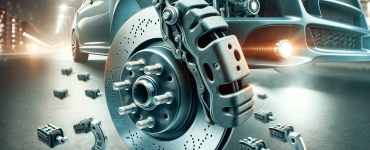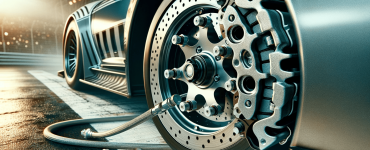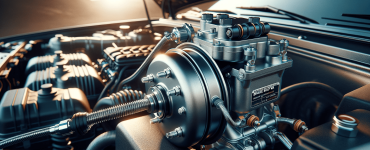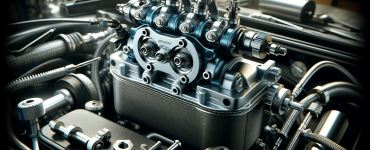Electronic brake distribution: Unlock the Secrets
Key Takeaways:
| Takeaway | Detail |
|---|---|
| What is EBD? | EBD is a vehicle safety system that optimizes the distribution of braking force between the wheels. |
| How does EBD work? | It uses sensors and a control unit to balance braking power based on load, speed, and road conditions. |
| Benefits of EBD | Improves stopping distance, enhances stability during braking, and prevents wheel lock-up. |
| EBD vs. ABS | EBD is often paired with ABS but specifically focuses on the balance of brake force. |
| Importance of Maintenance | Regular brake checks are essential to ensure EBD systems function correctly. |
What is EBD?
Electronic Brake Distribution, or EBD, is like the brain of your car’s braking system — smart and adaptive. It’s an advanced feature that goes hand-in-hand with the anti-lock braking system (ABS), designed to apply the right amount of pressure to each wheel during a stop. EBD ensures that your vehicle stops efficiently and safely, no matter if you’re hauling a trunk full of treasures or zipping solo down the highway.
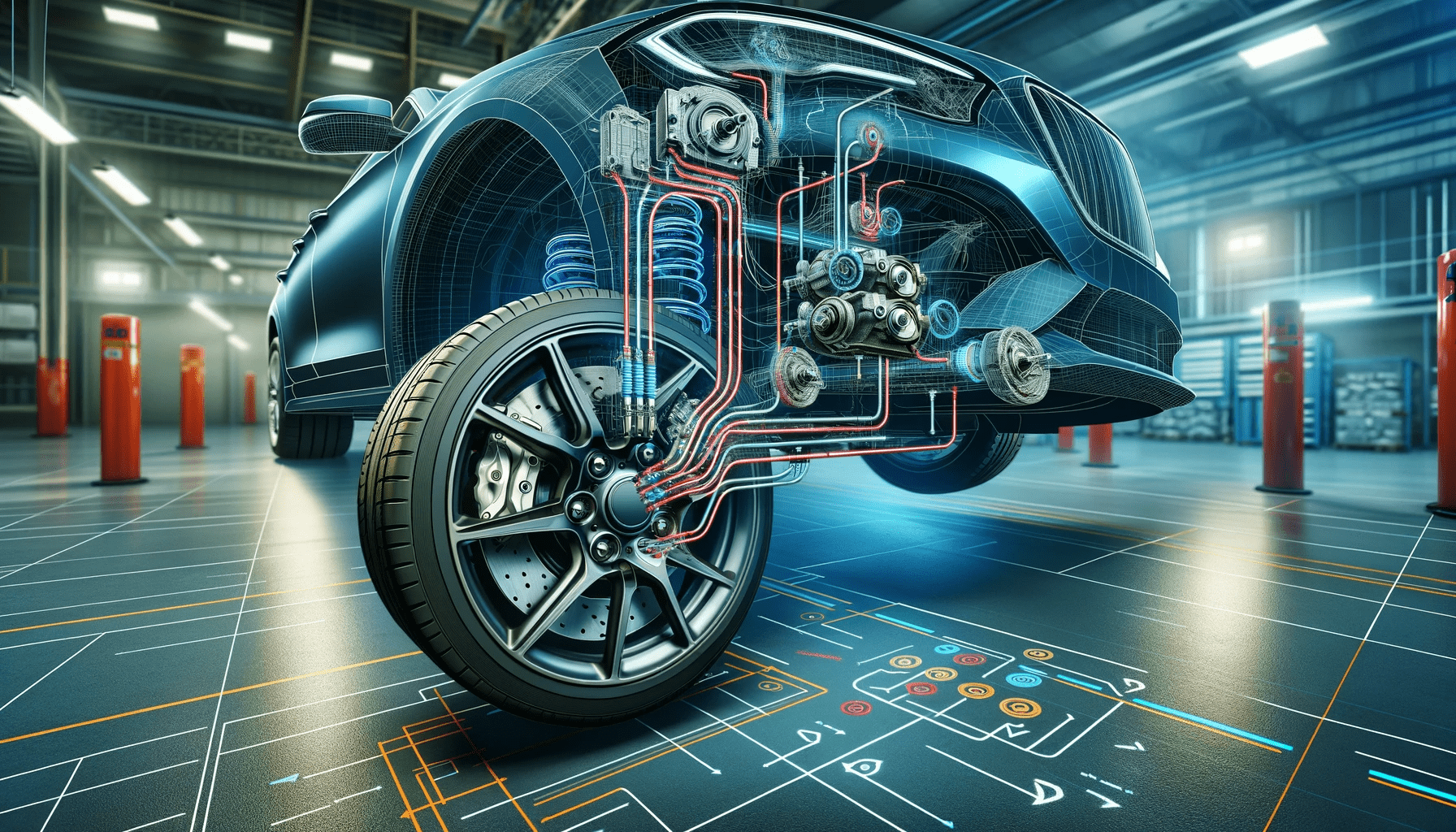
How EBD Works: The Technical Rundown
EBD doesn’t snooze on the job. It constantly reads the road, like a hawk scanning for prey, using sensors that monitor speed, wheel spin, and the car’s load. This high-tech system calculates the optimal distribution of braking force in a fraction of a second and applies it to each wheel. This is critical because not every wheel needs the same brake pressure.
The Benefits of EBD: A Safer Ride
- Shorter Stopping Distances: Just like the right tune can boost your car’s performance, EBD tightens up stopping distances.
- Stability in a Pinch: It keeps your car stable during sudden stops — so you can dodge surprises without drama.
- Wheel Lock-Up, Be Gone: EBD works with ABS to prevent tires from locking up, keeping the rubber on the road where it belongs.
EBD vs. ABS: Partners in Crime
While ABS keeps your wheels from locking up, EBD distributes braking force sidekick-style. Together, they’re an unstoppable duo, delivering smooth, effective braking action. Without EBD, ABS could still leave you with uneven braking, especially if you’re carrying a heavy load.
The Importance of Regular Brake Checks
EBD is only as good as its last checkup. Like any high-performance part, it needs attention to keep it in top shape. That’s where regular brake checks come into play. These checks are the pit stops that keep your EBD system race-ready.
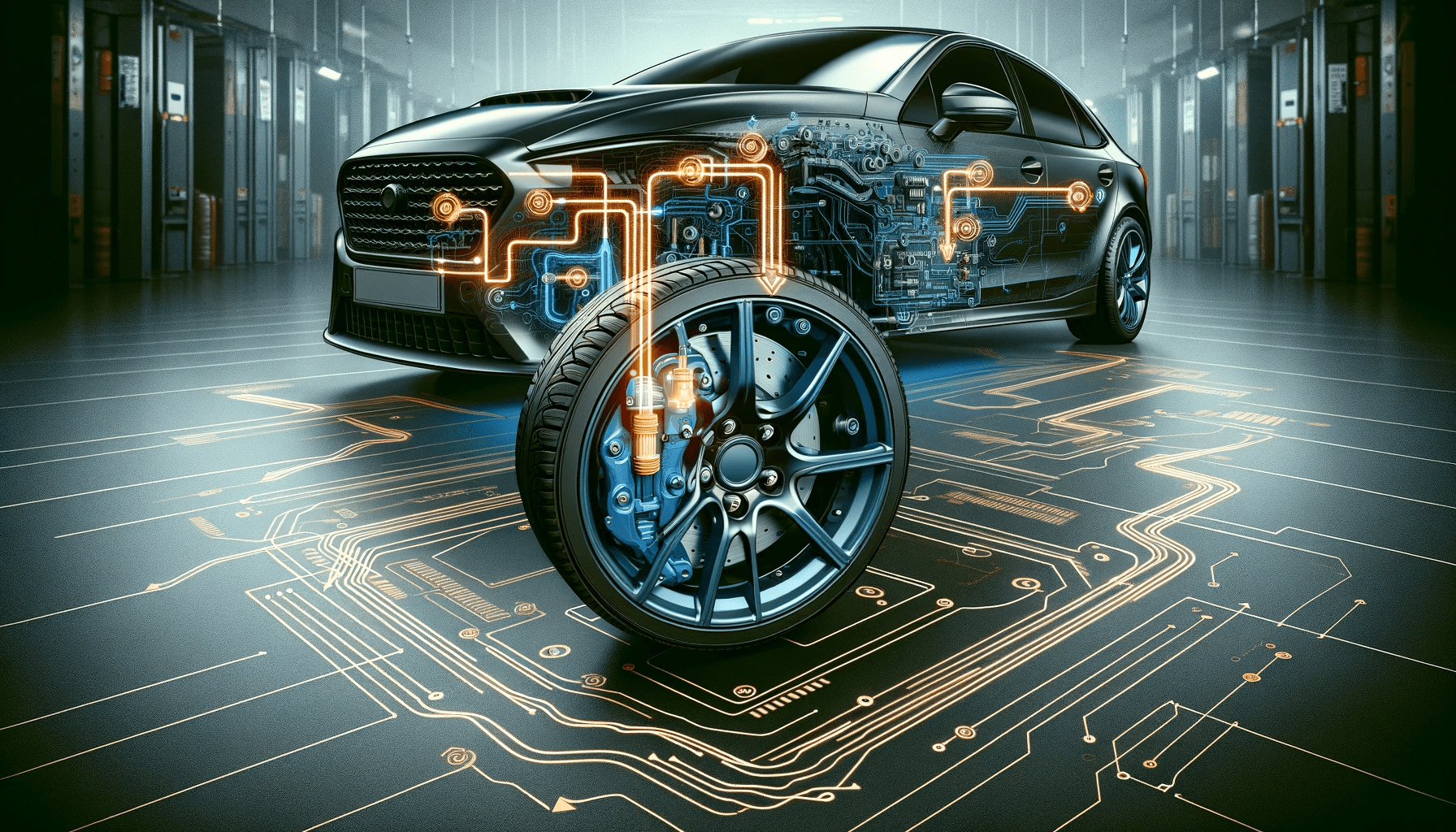
EBD and Performance: The Perfect Lap
For the performance enthusiast, EBD means more than just safety. It’s about precision — the kind that lets you corner like a pro and brake on a dime. It’s a key player in the high-octane world of performance brake pads and upgraded brake rotors, giving drivers the confidence to push their machines to the limit.
Keeping EBD in Check: Maintenance Tips
Here’s a quick pit-crew guide to keep your EBD system in pole position:
| Tip | Action |
|---|---|
| Check the Fluids | Ensure your brake fluid types are correct and levels are topped off. |
| Listen and Feel | Be attentive to changes in braking feel or sounds, which could indicate EBD issues. |
| Professional Inspections | Get regular brake inspections from trusted mechanics to spot EBD problems early. |
| System Updates | Ensure your EBD system’s software is up to date for optimal performance. |
Electronic brake distribution: EBD as Your Co-Pilot
Whether you’re a speed demon or a safety-conscious parent, EBD has got your back. It’s the silent guardian that works tirelessly to keep you safe, stable, and secure, mile after mile. Keep it healthy with regular car brake maintenance, and it’ll return the favor when you need it most.
Remember, EBD isn’t just about avoiding hazards; it’s about enhancing your car’s performance. So next time you’re navigating the concrete jungle or hitting the open road, take a moment to appreciate the unseen tech marvel that is EBD — your ultimate ally in automotive safety and performance.

